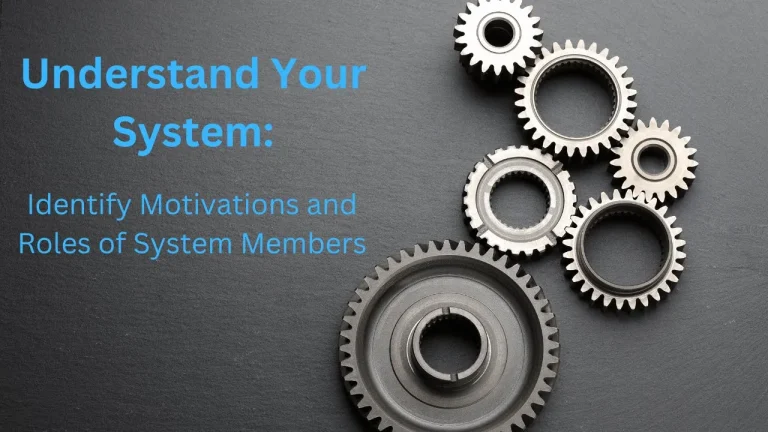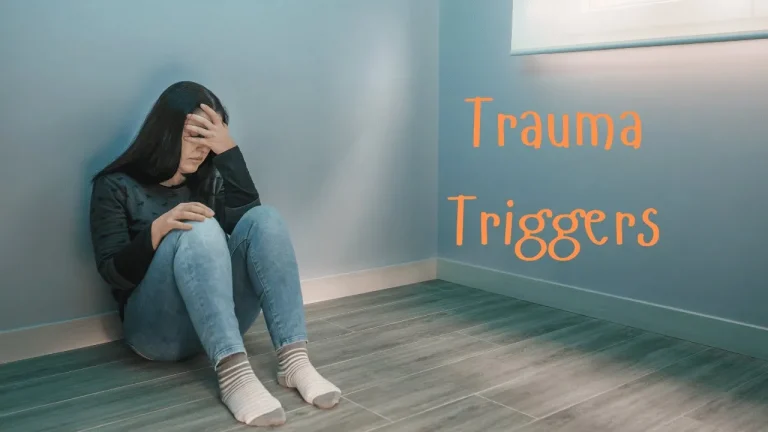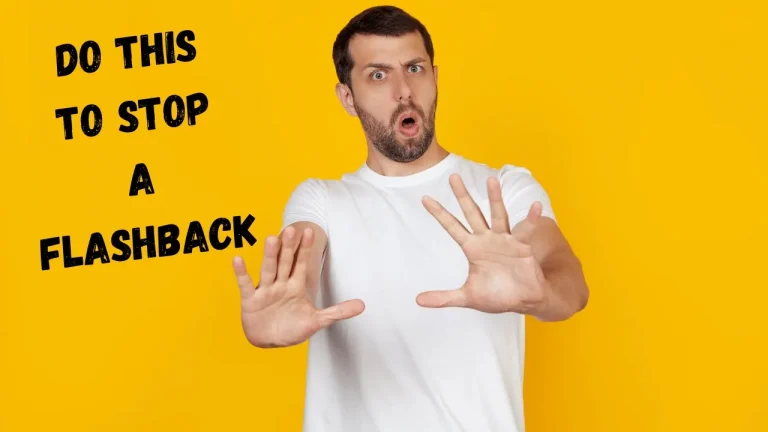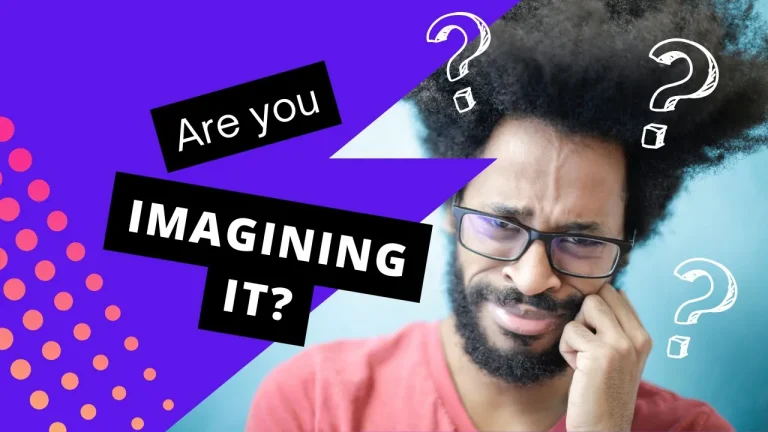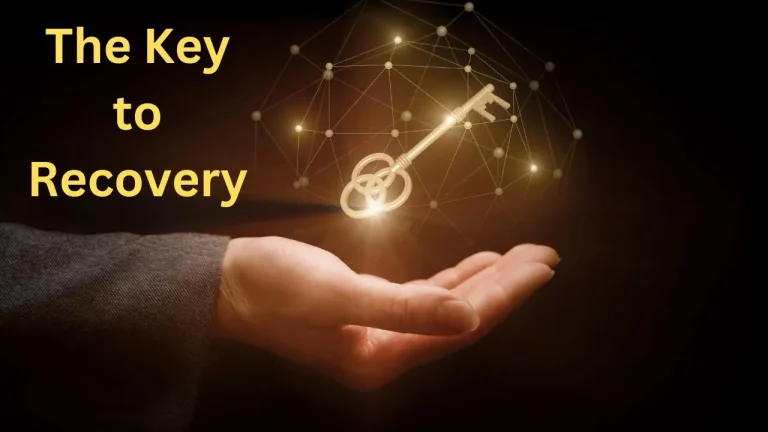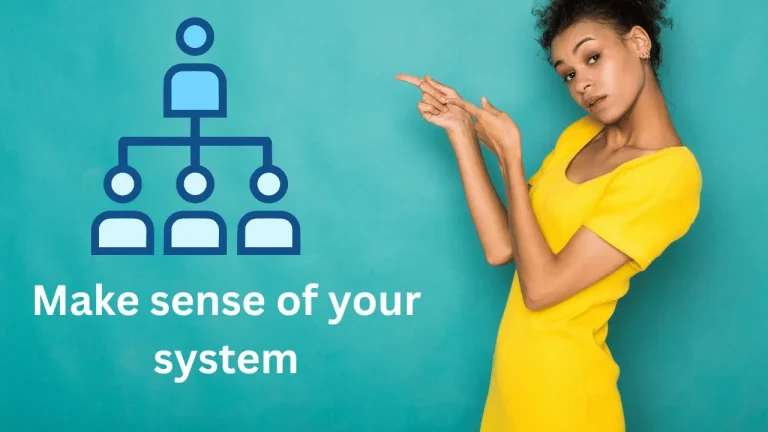Most trauma memories are nonverbal. Learn how unrecognized trauma memories appear as feelings, body sensations, or impulses and why identifying them matters...
This video builds on the previous overview of system parts by breaking down emotional parts (EPs) into seven common subtypes. Each type—fight, flight, fear, shame, needy, perpetrator-imitating, and...
Your sense of smell is deeply tied to memory and emotion. Because it connects directly to the brain’s fear center, it can trigger flashbacks—but it can also stop them in their tracks. This video...
One of your senses transmits its sensory information directly to your amygdala. Because of this, this sense is the quickest trigger for flashbacks. This sense is also the quickest way to interrupt a...
This video explores one of the most common fears for people with DID or OSDD: “If I don’t remember the trauma, how can this be real?” You’ll learn how trauma affects memory storage, why nonverbal...
Safety is the key condition for recovery from DID and complex trauma. Without safe living circumstances, the nervous system stays in survival mode, protectors won’t let go of old strategies, and...
DID doesn’t arise by chance. One of the most important circumstances that shapes it is the experience of scared or scary caretakers. This video explains why caretakers are so critical for babies, how...
This video introduces the Structural Dissociation model as a beginner-friendly way to understand your system. All alters fit into one of two categories: everyday life alters who manage daily living...
What is blending? It’s when another part’s feelings, thoughts, or urges spill into your own experience. This video explains Dr. Janina Fisher’s five-step method for unblending, so you can create...


